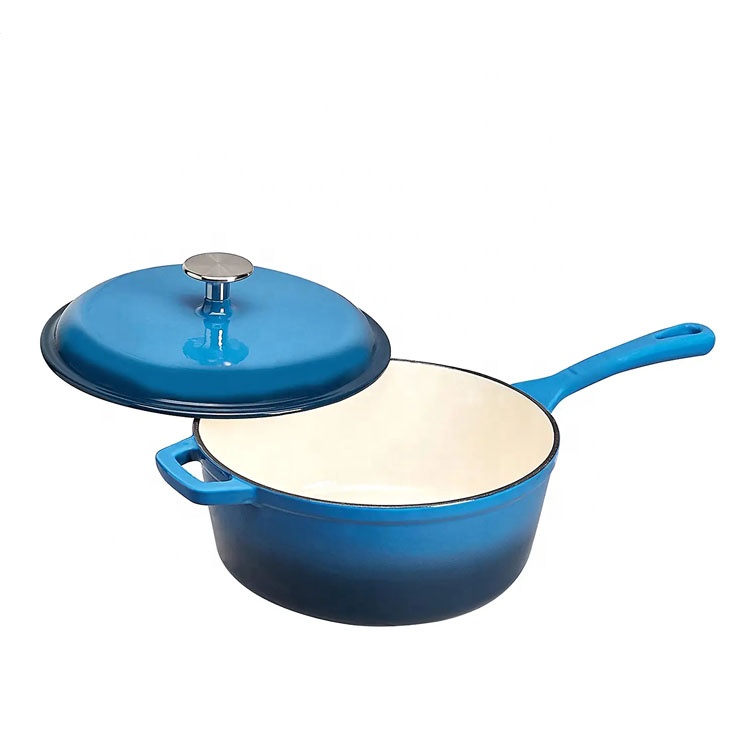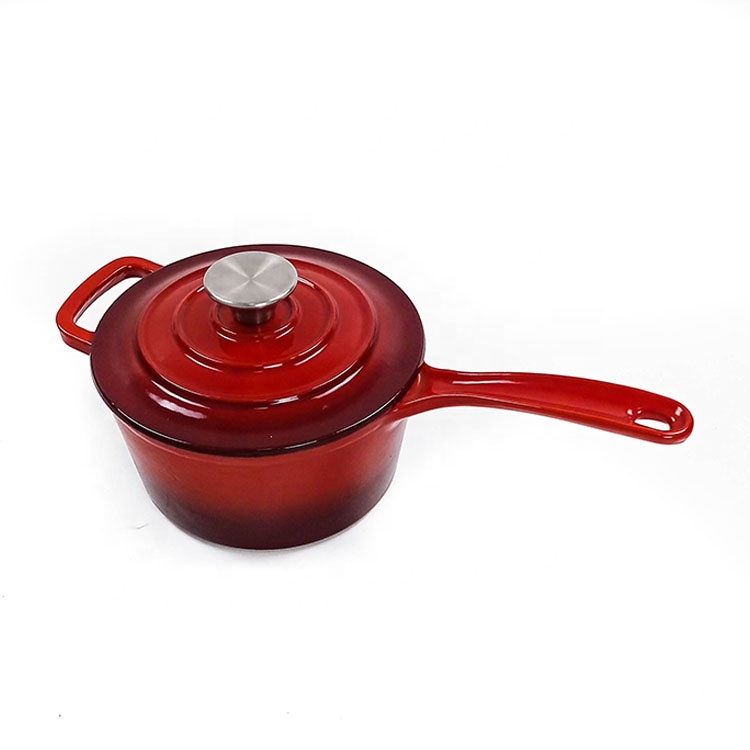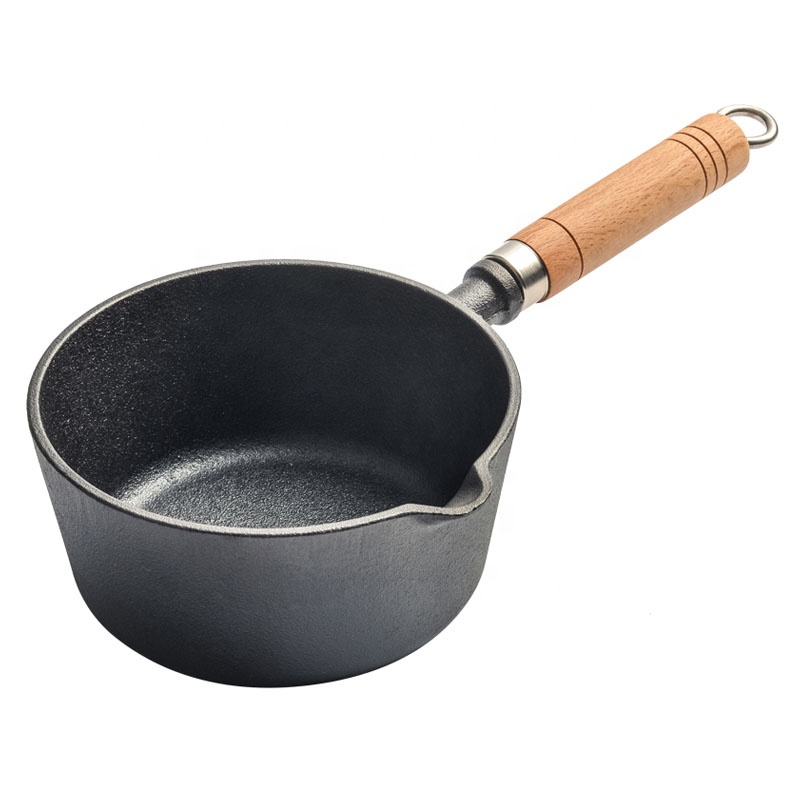Enamel saucepans offer several advantages that make them a popular choice for both home cooks and professional chefs. One of the most significant benefits is their non-reactive surface. Unlike metal cookware, enamel-coated pans do not react with acidic ingredients, such as tomatoes or vinegar. This property allows for cooking a wide range of dishes without altering the flavors or causing any metallic taste, ensuring your meals retain their intended taste.
Another key advantage of enamel saucepans is their excellent heat distribution. The enamel coating helps the saucepan heat evenly, reducing the risk of hot spots that can lead to uneven cooking. This is particularly beneficial for tasks that require precise temperature control, such as simmering sauces or cooking delicate dishes.
Enamel saucepans are also visually appealing, available in a variety of colors and designs that can enhance your kitchen aesthetics. Additionally, they are generally easy to clean due to the smooth, non-porous surface. Many enamel saucepans are dishwasher safe, making cleanup a breeze. Overall, the combination of functionality, aesthetic appeal, and ease of maintenance makes enamel saucepans a versatile and attractive addition to any kitchen.
How Should I Care For My Enamel Saucepan?
Caring for your enamel saucepan is essential to ensure its longevity and maintain its appearance. First, avoid exposing the saucepan to sudden temperature changes, as this can cause the enamel to crack or chip. For example, do not place a hot pan into cold water; allow it to cool gradually instead.
When cleaning, let the saucepan cool before washing. Use warm, soapy water and a soft sponge or cloth to clean the surface. Avoid using abrasive cleaners or scouring pads, as these can scratch the enamel and damage its finish. For stubborn stains, a paste of baking soda and water can effectively lift them without harming the surface.
Most enamel saucepans are dishwasher safe, but hand washing is often recommended to preserve the integrity of the enamel. After cleaning, ensure the saucepan is completely dry before storing it to prevent moisture buildup, which could lead to rust on any exposed metal. When storing, avoid stacking heavy items on top of it to prevent chipping. By following these care guidelines, you can keep your enamel saucepan looking great and performing well for years to come.
Can I Use An Enamel Saucepan On An Induction Cooktop?
Yes, you can use an enamel saucepan on an induction cooktop, provided that the saucepan has a magnetic base. Enamel cookware is typically made from metal coated with enamel, which can be compatible with induction cooking if the underlying material is ferrous, meaning it contains iron and can conduct magnetism.
When using an enamel saucepan on an induction cooktop, ensure that the bottom surface is clean and flat for optimal contact with the cooktop. This will enhance heat transfer and cooking efficiency. It's advisable to start with a lower heat setting, as enamel cookware can heat up quickly and retain heat well, allowing for precise temperature control.
Additionally, be cautious not to drag the saucepan across the cooktop, as this can scratch the surface. Always use pot holders or oven mitts when handling the hot saucepan, as it will remain hot for a while after cooking. Overall, using an enamel saucepan on an induction cooktop is an effective way to enjoy the benefits of enamel cookware while taking advantage of modern cooking technology.
What Types Of Dishes Can I Prepare In An Enamel Saucepan?
Enamel saucepans are incredibly versatile and can be used to prepare a wide range of dishes, making them a valuable addition to any kitchen. One of their primary uses is for simmering sauces, soups, and stews, as the even heat distribution allows for consistent cooking without the risk of scorching. Whether you're making a rich tomato sauce, a creamy béchamel, or a hearty chili, an enamel saucepan excels at these tasks.
In addition to sauces, enamel saucepans are perfect for cooking grains such as rice, quinoa, or polenta. The non-reactive surface ensures that flavors remain pure, while the saucepan's ability to maintain a steady simmer helps achieve the perfect texture. You can also use it for boiling pasta or blanching vegetables, taking advantage of its spacious design.
Moreover, enamel saucepans are excellent for preparing custards or puddings, where precise temperature control is essential. They can also be used for making homemade jams and preserves, allowing you to enjoy the fresh flavors of seasonal fruits. Overall, the versatility of enamel saucepans makes them suitable for both everyday cooking and more elaborate culinary creations, ensuring they are an indispensable tool in your kitchen.



